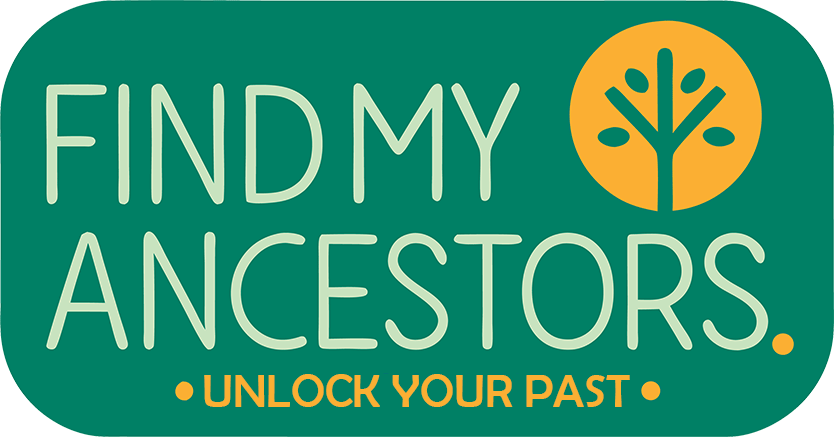We have all struggled to track a female ancestor or wondered why the same names appear over and over again in our family tree. Scottish and Irish naming traditions can be fascinating but confusing for beginners.
This guide will help you understand maiden names, how women’s names appear in records, and the traditional naming patterns often used in Scottish and Irish families. Once you know what to look for, these naming clues can actually make your research easier.

What is a maiden name?
A maiden name is the surname a woman had at birth, before marriage. Today, it’s common for women to take their husband’s surname after marriage, but this wasn’t always the case, and traditions vary depending on time, place, and religion.
In Scottish and Irish records, women sometimes appear under their maiden names long after marriage. That’s good news for genealogists, because it gives us a valuable link to their parents.
But it also means you need to pay close attention to context.
Scottish tradition: women often kept their maiden names
In Scottish records, especially in older documents like parish registers, census returns, or death certificates, women were often recorded under their maiden name, not their married name.
For example, a woman who married John Campbell might still appear in records as Mary MacLeod, even years after marriage.
This tradition can be helpful when:
- Searching death records (Scottish death certificates often name both parents)
- Looking for baptisms or burials
- Identifying women in poor law applications or valuation rolls
However, in later records like electoral rolls or post-1900 documents, you may see the married name more often. It depends on the source and who recorded it.
Irish tradition: more variation in naming
In Irish records, women are more likely to appear under their married name, especially in census and church records. But there are still cases where the maiden name is preserved, like in baptismal records (as the mother of a child), marriage indexes, or death records.
You may also come across Latin forms in Roman Catholic records, or abbreviations like “nee” before a maiden name (e.g. “Bridget Walsh, née Duffy”).
Pay attention to how names are written in different sources, and use clues like parents’ names, addresses, or children’s names to confirm identities.
Traditional Scottish and Irish naming patterns
One of the most useful tools in early family research is understanding traditional naming patterns. These were common customs (not strict rules) where children were named after specific relatives, especially in the 18th and 19th centuries.
Here’s a typical Scottish or Irish pattern:
- 1st son: named after the father’s father
- 2nd son: named after the mother’s father
- 3rd son: named after the father
- 4th son: named after the mother’s brother
- 1st daughter: named after the mother’s mother
- 2nd daughter: named after the father’s mother
- 3rd daughter: named after the mother
- 4th daughter: named after the father’s sister
While not every family followed this exactly, the pattern can help:
- Identify likely grandparents when names repeat
- Confirm if you’ve found the right family in a census
- Spot inconsistencies that may suggest a wrong turn in your tree
Tip: If you see a pattern in one generation, check if it repeats in the next. It often does.
Watch out for reused names and common combinations
In both Scottish and Irish families, names were reused often, especially after a child died young. It was not unusual for two or even three children in one family to have the same first name at different times.
Also, some names were extremely popular (think John, James, Mary, or Catherine) which can make it tricky to tell people apart.
Using middle names, occupations, addresses, and other context can help separate one “Patrick Kelly” from another.
Understanding maiden names and naming traditions is one of the keys to making sense of your Scottish or Irish family tree. At first, it may feel like everyone has the same name, or records are inconsistent, but once you learn the patterns, things start to fall into place.
Take your time, keep good notes, and always look at the full record where possible. A surname or given name might be the clue that helps you link one generation to the next.
